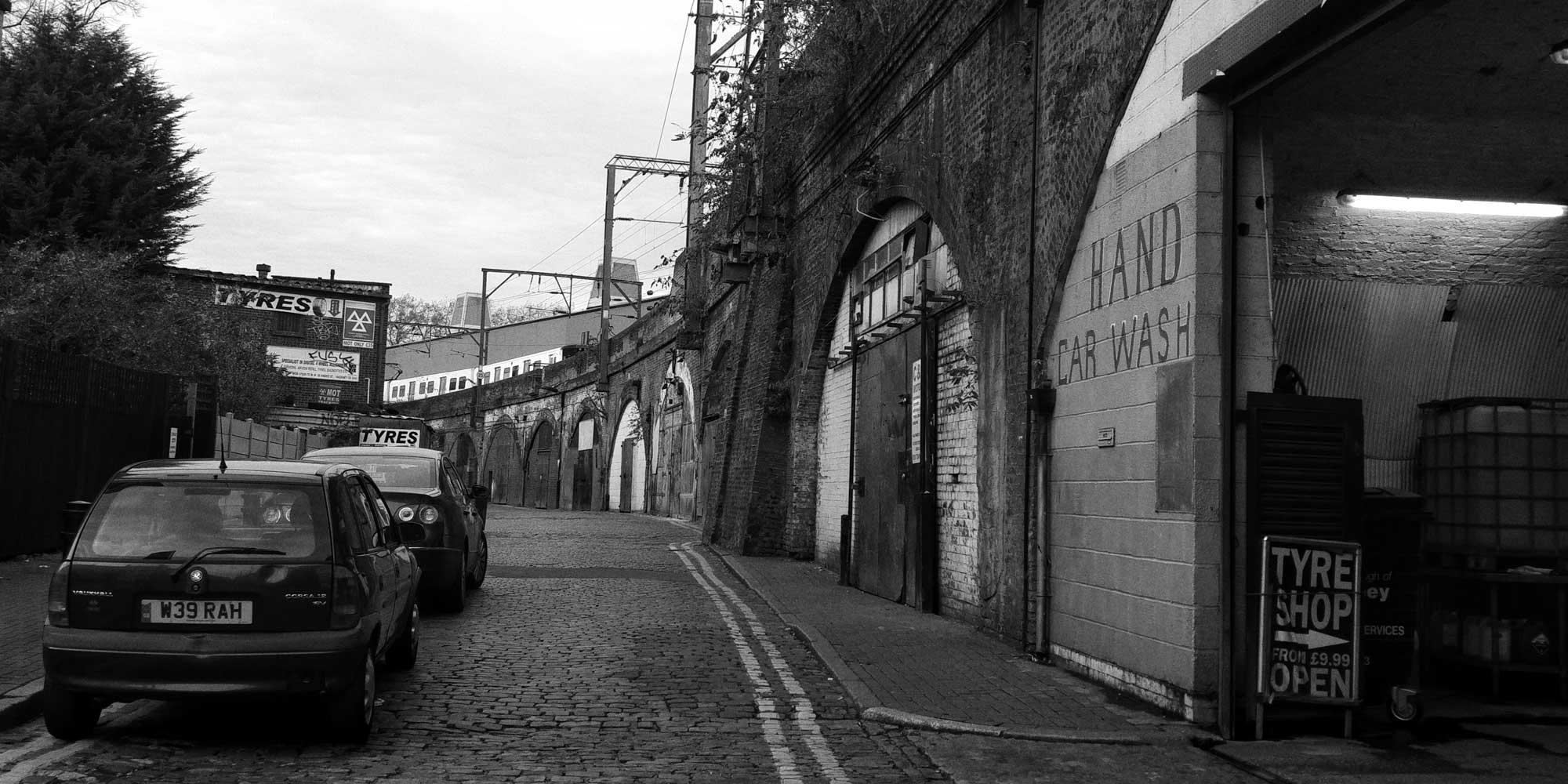Thursday, 31 May, 2018
31st May is London History Day. This custom started last year. It coincides with the school holidays. More than 70 museums, galleries and cultural spaces were open and one that I noticed was a tour of the Hackney Town Hall and vaults so I booked a spot for 1pm.
Krish woke up with a terrible back ache and couldn’t move much for some time so it was hit and miss that I’d even go. Then things got better all around.
So on that warm, muggy day I raced over to the town hall and sat in the lobby with over a dozen other visitors, waiting for our guide. She turned up, armed with a stack of paper and wearing these shoes…

Who wears shoes like this to climb stairs, stand about, and walk around for an hour? So funny! Is it OK to criticise a tour guide? Then, I will. We learned later that this was her first time but I can’t help wondering why Hackney Council chose her for this job and do hope she gets better! Ninety per cent of the spiel was read from a paper, without expression and – guess what – reading into a paper script means your voice doesn’t travel. I honestly didn’t hear much of what was said so I’m going online to find out the history that we were surely told! Hope this guide gets better.
One thing I do remember is that the newest Portland stone Town Hall is 81 years old and that it is the third incarnation – the first being over at St Augustine’s Tower, and is small and now converted to Coral, a betting shop, the second was right on Mare Street taking up the space that the Town Hall square now occupies. Today’s borough was formed in 1965 when the smaller boroughs of Stoke Newington and Shoreditch were merged into the original borough of Hackney. It now forms the largest borough in London.
The Town Hall cost £99,870 to build in its promised ‘conventional but not showy’ style. It took three years to get there – from 1934-37.

Hackney’s shield shows St. Augustine’s Tower at the top. An eight-pointed Maltese Cross, for Hackney, which derives from the symbols of the Orders of the Knights Templar and Knights of St. John, both of whom held the Manor of Hackney. Three bells representing Shoreditch, these are the bells in the nursery rhyme Oranges and Lemons. Oaks for Stoke Newington, representing its origins in the Forest of Middlesex.
The motto is Justitia turris nostra – Being fair is what makes us strong! Or “Justice is our Tower” (reference to St Augustine’s)
Despite its limited budget, the architects managed to incorporate the art deco style of the times and, although spare, there’s enough evidence of this.







Along the corridors upstairs are many portraits of past mayors. Herbert Morrison seemed an interesting character. He was only 32 when he took office in Hackney but went on to become the deputy Prime Minister of The UK and played an important role in the Labour party and government. He is the only mayor to refuse to wear the chains of office in deference to his strong Labour Party affiliation when Hackney council was a longstanding Conservative stronghold. They were painted onto this portrait. Herbert would have been pleased with the current left wing, Labour, leanings.

Next we visited the mayor’s office. Our current mayor is Philip Glanville, in his second term. He’s also known for being the first openly gay mayor, and married to a Texan! I’ve been really pleased that he will answer Tweets when you address him and once sent me a long and very thoughtful email when I asked about more benches in the neighbourhood. He needs someone to organise that desk though.

Back on the main floor and stepping out from the lobby, there’s a lovely birght and sound-proofed atrium, which is formed by connecting two buildings. I couldn’t capture it as well as I’d like but here are shots of either end.


Next we went down to the vaults. They keep artifacts down here, behind barred doors. Most interesting were the original safes, and the chains of office from the defunct boroughs of Stoke Newington and of Shoreditch.





Very interesting!
You have a thirsty mayor: 8 juice boxes, a water, and 2 coffees on his desk.
Very nice light fixtures, but I’d call some of them Craftsman style (earlier than Art Deco).
Indeed! I noticed the same about the desk – after I got over wanting to straighten it out. I’ve not heard of Craftsman style but went with what they said. I’ll have to check that out.
“Being fair is what makes us strong” as a translation of “Justitia turris nostra” seems like poetic licence. The most straightforward translation is “Justice is our Tower” which reflects on the tower in Hackney’s coat of arms, and implies the same fairness and strength. IMHO.
Agreed! Edited. Thanks!
Brooksby’s Walk, originally a shorter street, seems to have been named in 1759 for Edward Brooksby or his heirs, who bought property there and abouts in 1725, and probably developed whatever wasn’t already built on. Many streets in London, and especially in what had been the more open parts in the east were named after the owner/developer. This is one where the name has survived through the centuries. Brooksby was also a churchwarden of the parish of St John in Hackney, and an Overseer of the Poor for the same parish. – from British History Online, a great source for details of just about every spot in the country.